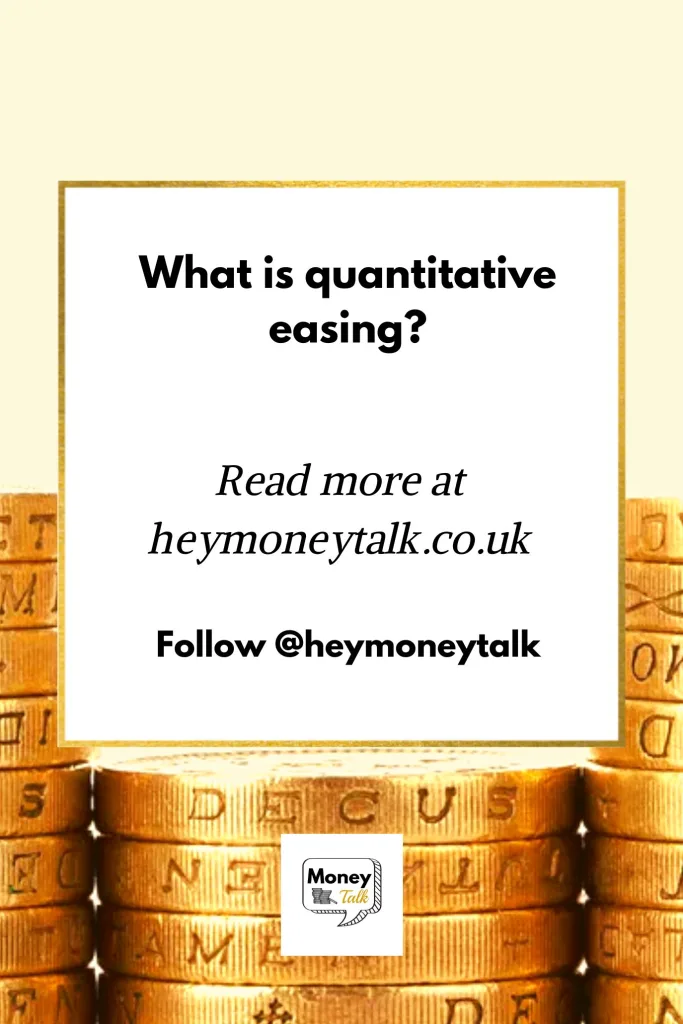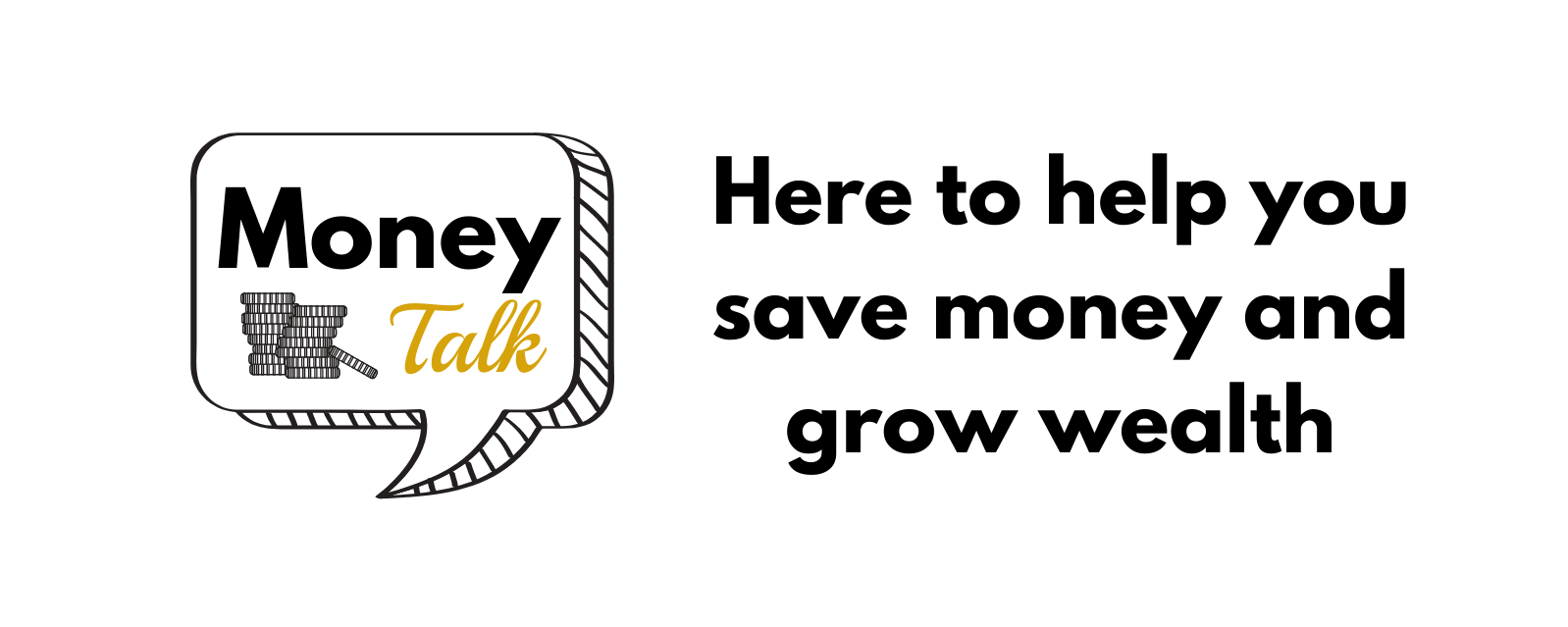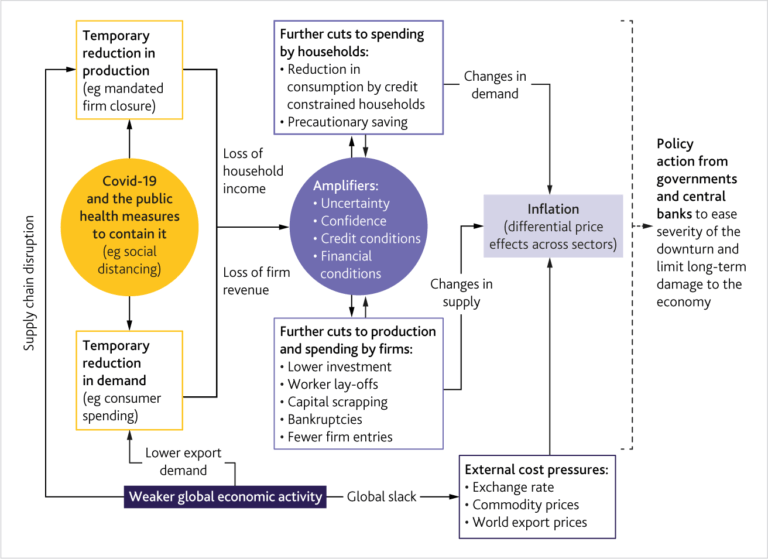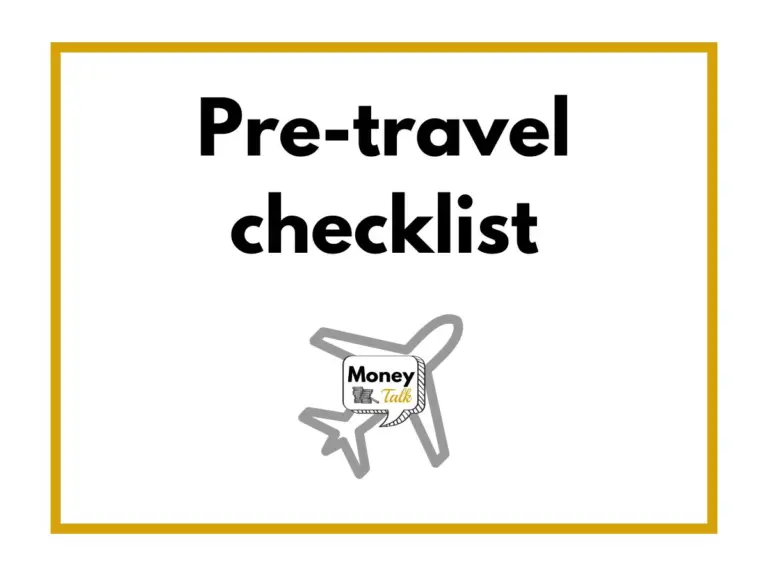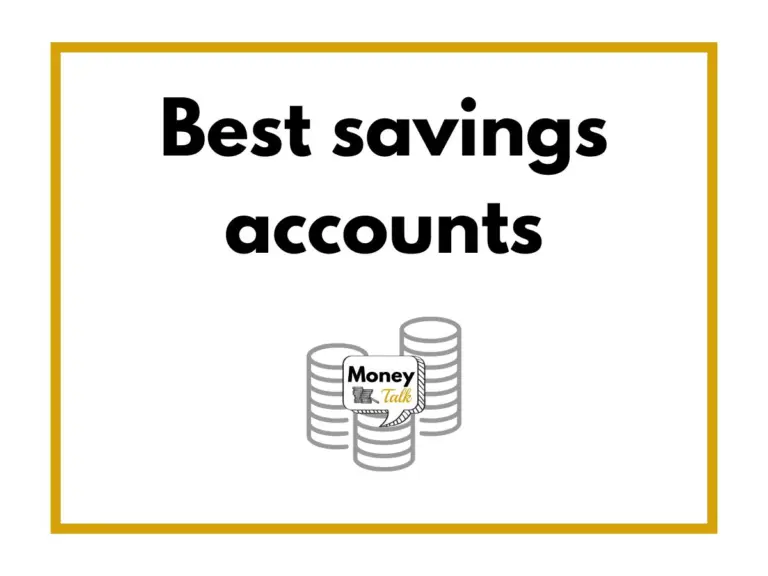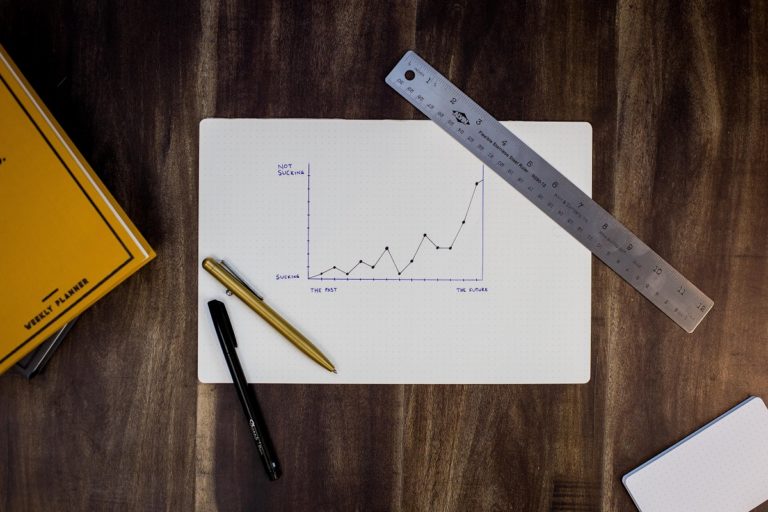What is quantitative easing and how does it affect you?
Money Talk is intended to inform and educate; it's not financial advice. Affiliate links, including from Amazon, are used to help fund the site. If you make a purchase via a link marked with an *, Money Talk might receive a commission at no cost to you. Find out more here.
Quantitative easing is often thought of as simply printing money.
The key difference is that no physical currency is printed – it just has the same effect.
What actually happens is that the Bank of England buys up large amounts of bonds, mainly those issued by the UK government (known as gilts) but also corporate bonds issued by private companies.
This in turn has all sorts of effects on the economy and you directly, not all of which are positive.
How bonds work
Things get quite complicated when you’re talking about bonds because there are so many different kinds and their characteristics are all slightly different, but it’s essentially an IOU.
It has a face value, which is the amount that the issuer has to pay to the holder of the bond when it matures (the day the debt is due).
Most bonds will also pay out coupons, which are like interest payments.
This can be a set percentage or linked to the RPI measure of inflation, and it can be paid out regularly like dividends or added to the final value of the bond.
Once issued, bonds can be bought and sold, just like any other commodity. While its face value doesn’t change, the price you buy and sell it can and does go up and down.
Why bond prices fluctuate
The price of bonds depend on a number of factors, including the probability that the issuer will default on their debt, the interest rate and the demand for it.
If there’s a risk the bond issuer might not be able to pay back their debts on maturity for example, the price of the bond will go down as the existing owner might want to avoid any potential losses by selling the bond at a discount to someone who has a greater risk appetite.
Interest rates can affect bond prices by making the debt look more or less attractive to potential investors.
This is because the coupon payment on a bond is defined when it’s issued.
Unless the coupon is linked to inflation, it won’t increase or decrease over time – you’ll get a set amount back no matter what, assuming the issuer doesn’t default.
But if you could make more money by having your funds in a savings account instead of a bond because interest rates have surged, you’ll of course want to sell up and do that.
And when everyone does that, the supply increases relative to demand, which causes the prices of the bonds to fall (imagine everyone cutting their prices to secure a sale).
On the flipside, if there’s suddenly lots of demand for bonds relative to supply, their prices will go up.
How quantitative easing works
When an investor looks at whether or not to buy a bond, one of the measures they’ll look at is the yield, or the potential return on their investment.
This is influenced by the gap between the bond price and the face value, as well as the value of the coupon payment.
If the bond price becomes too high relative to the potential return on investment (face value plus coupon), people will sell up and invest elsewhere.
This is what happens in quantitative easing.
When the Bank of England starts buying a large number of bonds – like it did during the pandemic – it drives the price of bonds up by increasing demand.
Other governments have been doing this too.
New investors will be unlikely to buy bonds on the market because of the high prices while existing investors will likely sell the bonds they’re holding to make a profit.
The money they receive from the sale will then need to be reinvested elsewhere – effectively a cash injection into the economy.
The last point is why quantitative easing is used: to give a boost to the economy when other interventions are failing, are ineffective or are simply not acting fast enough.
Benefits of quantitative easing
The biggest benefit of quantitative easing is cheaper borrowing – whether that’s for the government, businesses or for you.
Bond issuers will likely be able to sell their bonds for higher prices and raise more capital more cheaply.
For the public, the surge in money has the effect of driving down market interest rates in the short term as more lenders have more money available to reinvest.
It’s a useful alternative to tipping the Bank Rate into the negative.
And of course, cheaper borrowing means a drop in things like mortgage rates, which in turn might help buoy the housing market.
If you were already holding bonds when the new rounds of quantitative easing started, you’ll likely have seen your investments grow in value significantly.
This would apply to those who have private investments as well as those holding bonds as part of their pension portfolio.
Downsides of quantitative easing
In the longer term, quantitative easing could actually have a negative effect on pensions and elsewhere in the economy.
Bonds have traditionally been seen as a relatively safe form of investment.
But low interest rates, coupled with high cost of bonds, means that investors (remember, pensions are a form of investment) are increasingly having to look for more risky investments to achieve the same level of return.
Some believe this shift towards more risky investments will be a factor in triggering the next financial crisis.
This is why it’s important to diversify your portfolio, whether you’re investing or planning your retirement.
There is also some suggestion that quantitative easing could trigger greater wealth inequality in the long run.
That remains to be seen. Given that the actual use of quantitative easing is still relatively recent, the research in this area is still catching up.
This post was originally published in August 2021. It was updated in December 2024.
Pin this for later
